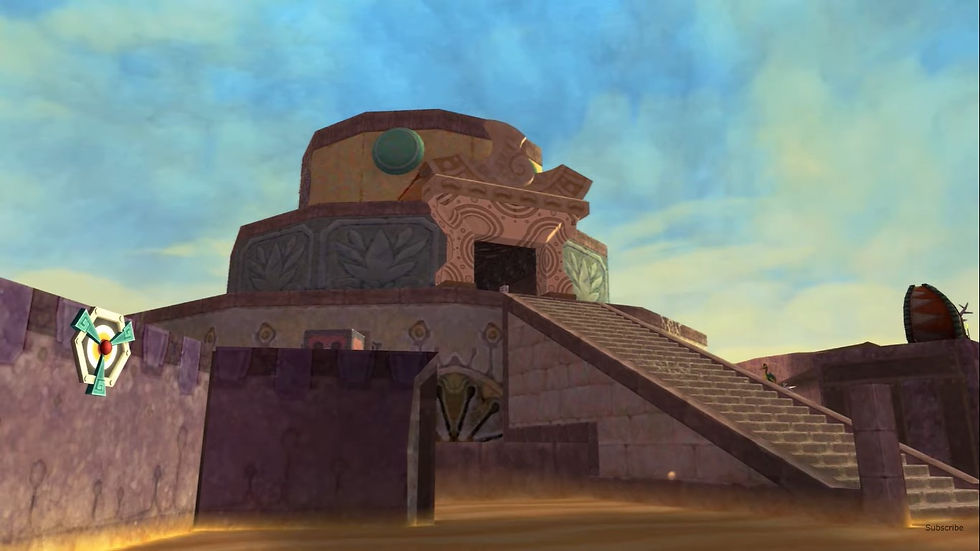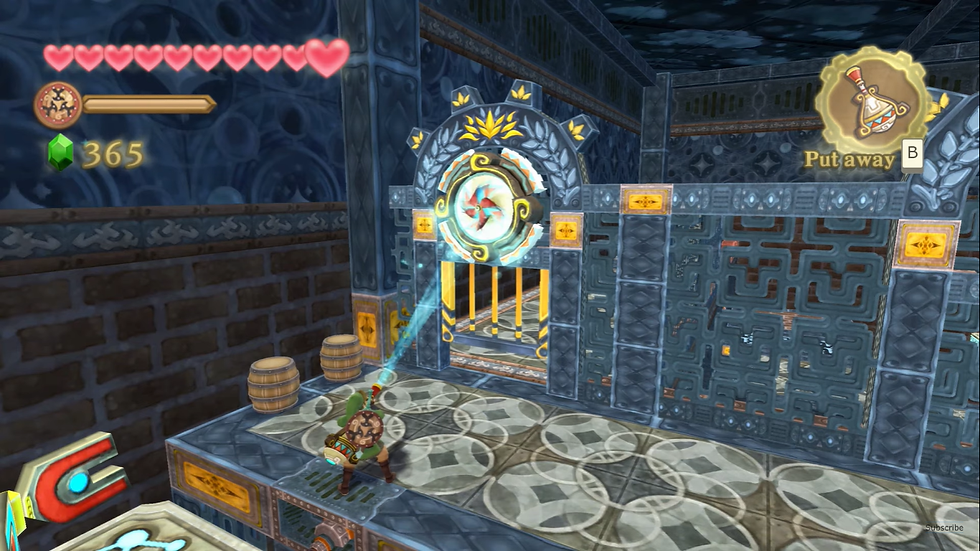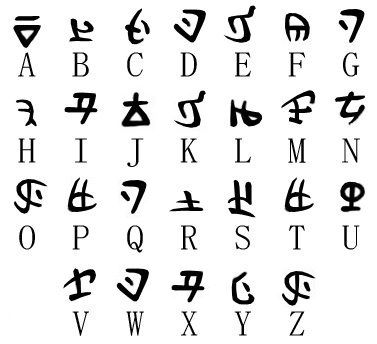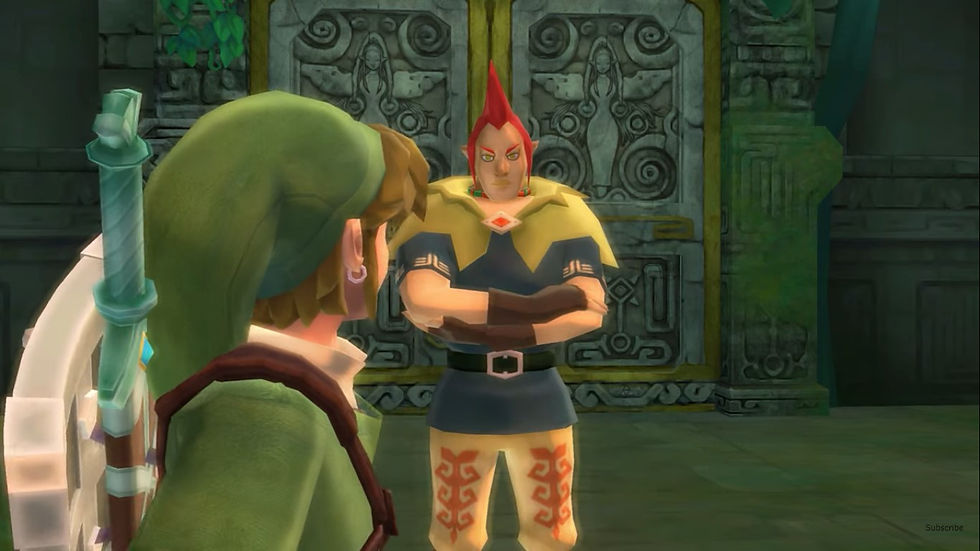Field Note #9: Voices from the Past
- The Wolfess

- Jul 22, 2020
- 7 min read
Updated: Sep 3, 2020

Base Stats:
Game: Skyward Sword
Version: Original Wii Version, Physical Copy
System: Nintendo Wii U
Session Play Time: 2 hr 30 min
Total Play Time: 15 hrs 23 mins
Content Covered: Lanayru Mining Facility, Skyloft Visit
Fi Report: 2 Forced Interruptions
As some may have noticed, I haven’t written a new Field Note for a couple weeks. While this was partially due to some huge deadlines at my day job and traveling over the weekends, I also can’t deny that there’s one other big factor at play: I hate the Lanayru Mining Facility. Yes, folks, you read it right here: not every Zelda dungeon is fantastic and, despite popular opinion among the Zelda fandom, this is one of the series’ famous dungeons where I have very little positive to say about it.
Why, you ask, do I dislike this dungeon so much? Many fans cite the dungeon’s compelling design themes as the its strong suit, and series producer, Eiji Aonuma, has gone on record saying that it’s his favorite dungeon in the whole game due to its unique use of timeshift stones to switch between the past and the present. While I don’t disagree that the idea behind the dungeon’s aesthetic and concept are unique, the execution of that concept falls short.
The idea of being able to travel between the present and the past at-will in a dungeon is definitely compelling and seems to be an evolution of the design concept behind the Temple of Time dungeon in Twilight Princess (released five years before Skyward Sword) where you find the ruins of an old temple and enter the temple’s past through a gateway. What I love about the temple of time dungeon is that there is a dramatic difference between the current state of the dungeon and its past form. Going to the past feels like you’re getting to see something truly special and lost to time. It’s haunting and fun.

The mechanic doesn’t work as well in the Mining Facility. You can switch between the past and the present in certain rooms to solve specific puzzles, but there’s little mystery to it. Conveyor belts start running and dead displays turn on. You can see the ruins of every robot enemy who will come to life in the present before you turn on the timeshift stone, taking the surprise out of most enemy encounters (besides the first “how does this work” reaction). There isn’t even a dramatic visual difference: the environment goes from a bland beige wasteland (the aesthetic you spend most of your time the dungeon looking at BTW) to a colorful wasteland. It doesn’t even have the advantage of a fascinating design that keeps you gazing at everything in wonder—it’s a factory. It’s industrial and, frankly, boring. While I’ve spent actual time translating the gerudo text on the walls of the Arbiter’s Grounds or the Temple of Spirit, or theorizing about the significance of the statues, the factory has little to tickle the imagination.

There are also few signs of previous workers here. It is as if the friendly robots standing outside and painted on some murals in the factory were never actually inside the facility. There is more evidence of past life in the two smaller facilities where we activated the power nodes that activated the entrance to this place than there is in the factory itself. There are no internal memos on the walls here and no workers actually running the conveyor belts or moving around the ore when you go to the past. There is also no real evidence that they were chased away from the place—no, it’s like they just forgot to put in the little signs of life they included around the power nodes.

Even the gameplay and level design isn’t enough to save this dungeon. While a couple of the robot enemies certainly provide a real challenge, the whole dungeon is very straight forward. It’s obvious exactly what you need to do and you have to do it along a linear path. I was never stumped by how to solve a puzzle. Completing this dungeon feels similar to checking off items on a to do list. While that may be fitting for the setting, it’s not fun. Not only that, but the gust bellows might be the most frustrating item in this game. Something about the awkward angle always makes it difficult to aim and control correctly, and the wiimote seems to go out of alignment with this item more than any other (causing you to re-center constantly).

Now, I know I’ve spent 700 words telling you all the reasons why this dungeon falls short of the high benchmark set by Zelda’s other dungeons, but it’s time that I admit there is one aspect of this dungeon that I like very much: there is so much translatable hylian text here!

A mini history lesson: starting with Ocarina of Time, Zelda games often have fictional writing systems that directly translate to real-world words. In this way, designers have hidden messages within the games that sometimes illuminate or substitute known Zelda lore. Most of the time it was gibberish or literally what the item was (i.e. “sign” on a signpost), but sometimes we strike gold! Before Hyrule Historia released alongside Skyward Sword in 2011, the translation of which hylian character represented which real-world character wasn’t public, and fans had to figure everything out through sheer enthusiasm and ingenuity.
In Ocarina of Time and the Wind Waker, the fictional hylian writing system directly corelates to Japanese characters. In order to do a translation, fans had to first figure out which Japanese characters were represented by which hylian character. Then they had to know Japanese so they could figure out what Japanese words were being included. Finally, they had to translate the Japanese words to English and distribute their work for other fans to verify and debate. It was very complex work, and there was often a lot of debate about what Japanese words were actually being intended (it is not always clear-cut in Japanese) and if we had all the letters figured out correctly.


Twilight Princess changed all of that when it released in 2006. Twilight Princess was the first Zelda game to have a fiction hylian alphabet based off English letters. You can literally tell just by looking at some of the letters that they represent an English letter (B, D, H, I, J, and S are just a few examples). This was a huge step forward, and fan translators went crazy for it. Check out this page on Zelda Wiki where you can see a full list of translated and confirmed hylian text found in Twilight Princess. Most of it is either gibberish, literally the alphabet in order (a, b, c, d, e…), or Japanese words that needed to be translated twice like before, but a few words were actually English. I don’t think there was any major lore revelations from any of the English words, but they were there and that was nice.
Skyward Sword took hylian even farther than Twilight Princess did. Check out this page on Zelda Wiki with Skyward Sword translations. Nintendo created an all new script that looked nothing like English letters and was easier to write by hand. Then they wrote all of the text in the game in English for fans to find. Think the messages were unintentional? Just look at the translated text on the following signs found throughout the game world:

This script would later be changed visually in A Link Between Worlds, but they kept the same feel and properties so you could tell it was a later form of the same script, having changed a little after thousands upon thousands of years have passed (since A Link Between Words is so far down the timeline from Skyward Sword). They also kept this ALBW-hylian script the same in Breath of the Wild and added a second script—the Sheikah alphabet. You can tell that the designers of Breath of the Wild really put thought and care into this aspect as well, but we can get into that discussion in a future article.
But to bring this history lesson back to the topic at hand, the one thing that gets me excited in the Lanayru Mining Facility is the fact that there is translatable hylian writing everywhere. I literally stopped playing on multiple occasions to pull out my translation guide and figure out what the writing says. None of it is ground breaking, sure, but it’s still cool that the text over the mural in the hidden cubby with three robots painted on the wall says “factory” and the text over the doors in the big conveyor belt room say “open”. Even the large screen on the wall is all translatable text. I’ll let you translate that for yourself.

Fun fact: Twilight Princess Hylian is actually present in the game. It is only found in locations directly connected to the old Temple of Hylia in some way. These sections of text mostly translate to gibberish.
The fact that I can still find something that brings me joy in a dungeon that I strongly dislike is a testament to the brilliance of the Zelda series. They say that Zelda has something for everyone, and there are people who think that this is the best dungeon in the whole game. While I may not agree, I can still find enjoyment in the translations and the challenging enemy design. That is one of the things that keeps me coming back to this series, even when there are aspects of it I don’t like. That is what gives Zelda games lasting power.
The best part of the Lanayru Mining Facility experience, by far, is what happens after you defeat the giant scorpion that serves as the final boss. As you travel down what is affectionally called “the Victory Lap” in Prima’s game guide, I can’t help but imagine what this dungeon could have ended up looking like if the design elements here were incorporated throughout. It’s luminous and beautiful and haunting all at once. I immediately wish I could explore and examine everything in the room. I truly think that this simple design change could have greatly enhanced the whole experience of playing through this dungeon.

Our hero had no time to stop and admire the architecture, however, as Link was launched into an encounter that would change the course of Zelda’s life and his entire adventure. But this is where our discussion today stops. You’ll have to tune in next week to find out what happened when Link found the way out of the Mining Facility and the staggering implications this revelation has on one of Hyrule’s most important and beloved landmarks.
What are your thoughts on the Lanayru Mining Facility? Share your thoughts in the comments, and I will see you next week on Hyrule Field Notes.




Comments